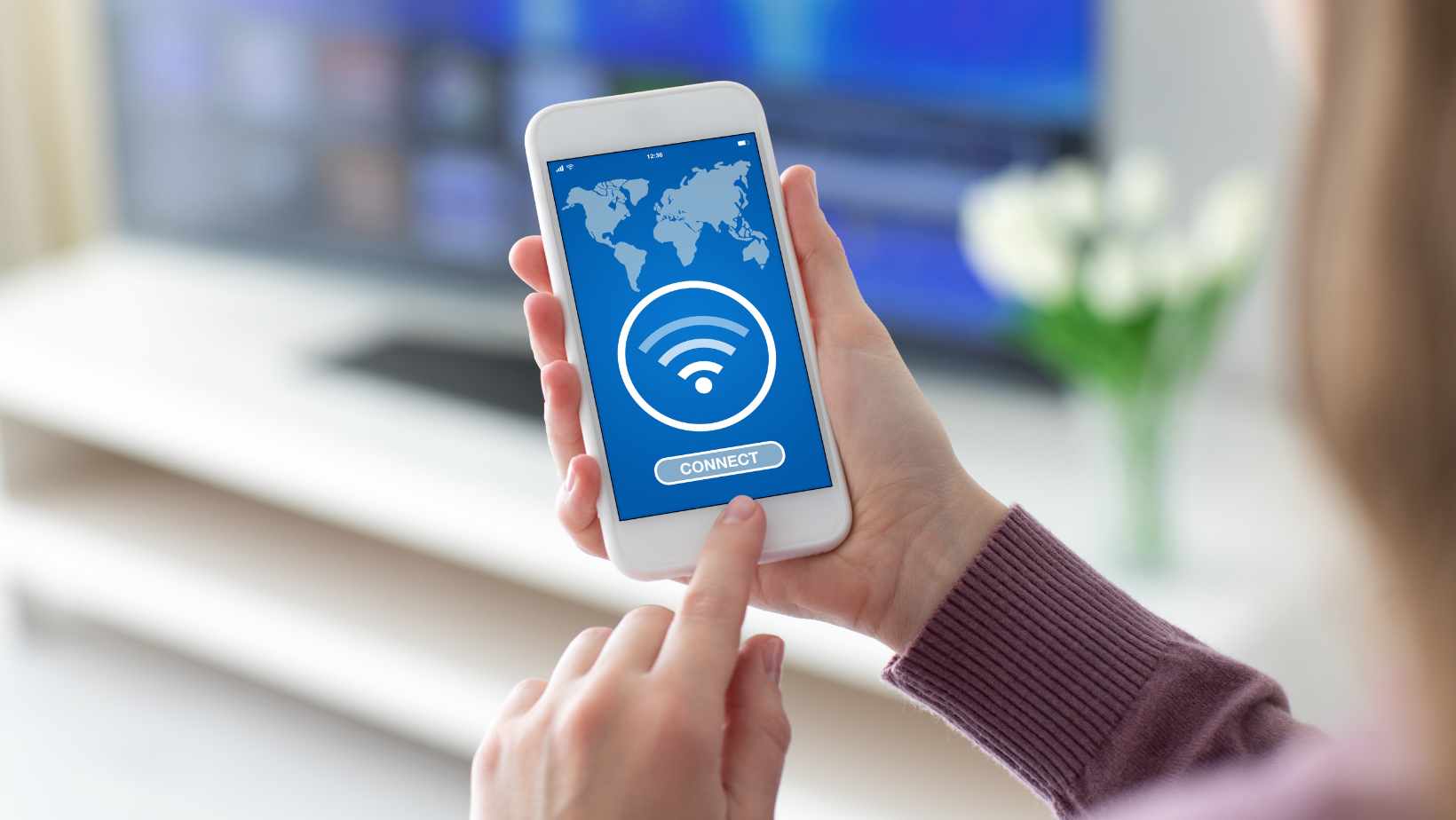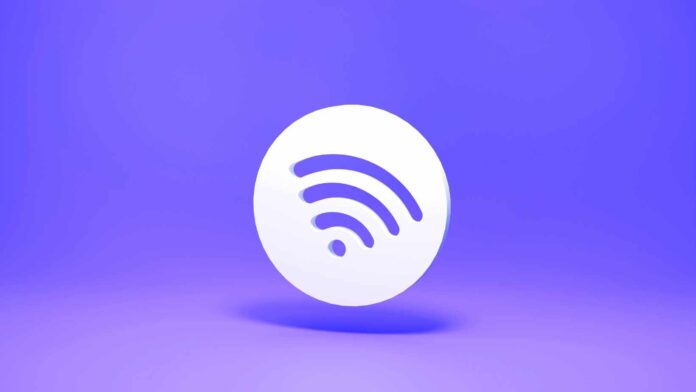If you’re wondering about the meaning of “extended” in relation to Verizon, let me clarify it for you. When we talk about “extended” in the context of Verizon, it refers to extended network coverage beyond their primary service area. This means that when you’re in an area where Verizon’s own network is not available, your device can still connect to partner networks and provide you with a reliable signal.
Verizon has partnered with other carriers to expand its coverage and ensure that its customers can stay connected in more places. These partner networks are known as extended networks or roaming networks. So, when your phone displays “extended” on the screen while using Verizon services, it means that you are connected to one of these partner networks outside of Verizon’s primary coverage area.
It’s important to note that while on an extended network, there might be some limitations compared to being on Verizon’s native network. Data speeds may be slower, and certain features or services may not be available. However, the goal is to keep you connected even when you’re outside of Verizon’s main coverage area.
What Does Extended Mean Verizon
Verizon, one of the leading telecommunication companies in the United States, offers a wide range of coverage options to cater to its customers’ needs. One such term you may come across while exploring Verizon’s network is “Extended.” In this section, we’ll delve into what exactly “Extended” means when it comes to Verizon’s services.
Verizon’s Definition of ‘Extended’
When Verizon refers to its network as “Extended,” it signifies that you are utilizing coverage beyond their primary service area. This extended coverage relies on partnerships with other carriers, allowing Verizon users to access networks from these partners in areas where Verizon’s own network might be limited or unavailable.
How ‘Extended’ Coverage Works
Verizon’s extended coverage operates seamlessly by leveraging roaming agreements with partner networks. When your device connects to an extended network, you can make calls, send texts, and use data just like you would on the regular Verizon network. It provides a convenient solution for staying connected even when venturing into remote areas or regions where Verizon’s native coverage may not reach.
It is essential to note that while using the extended network, your usage may be subject to certain limitations and restrictions imposed by the partner carrier. These limitations could include reduced data speeds compared to native Verizon coverage or potential restrictions on specific features or services offered by Verizon.

How to Access Extended Coverage on Verizon
If you’re wondering what “extended” means in relation to Verizon, let me shed some light on it. Extended coverage refers to the additional network coverage provided by Verizon beyond their primary network areas. It allows customers to stay connected in areas where the primary network may have limited reach.
To access extended coverage on Verizon, follow these steps:
- Check your device’s compatibility: Ensure that your device supports the necessary frequency bands used for extended coverage. You can find this information in your device’s user manual or by contacting Verizon customer support.
- Enable roaming: Extended coverage is typically classified as roaming since it uses partner networks outside of Verizon’s primary coverage area. Make sure that roaming is enabled on your device settings before attempting to connect.
- Verify account eligibility: Some plans may include extended coverage automatically, while others may require an additional feature or subscription. Confirm with Verizon whether your plan includes access to extended coverage and if any further action is required.
- Find an area with extended coverage: To benefit from the extended network, you’ll need to be within a region where Verizon has partnered with other carriers for expanded service. These areas are usually marked as “Extended” or “Roaming” on your device display when available.
- Connect to the extended network: Once you’re in an area with extended coverage, search for available networks manually through your device settings menu and select the appropriate carrier partner associated with Verizon’s extended service.
- Enjoy enhanced connectivity: After connecting to the partner network, you should now have access to voice calls, text messages, and data services just like you would on Verizon’s primary network.
It’s important to note that although extended coverage provides wider reach, it may come with certain limitations compared to using the primary network directly. These limitations could include slower data speeds or restricted functionality in certain features or applications.
By understanding how to access and utilize extended coverage on Verizon, you can stay connected even when venturing outside the primary network areas. Remember to check your device compatibility, enable roaming, and verify account eligibility to make the most of this extended service.


